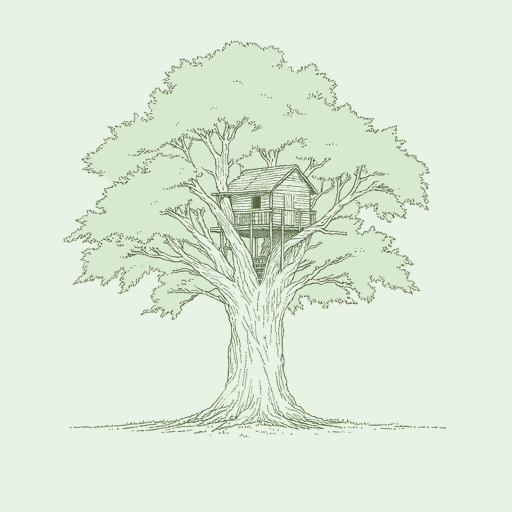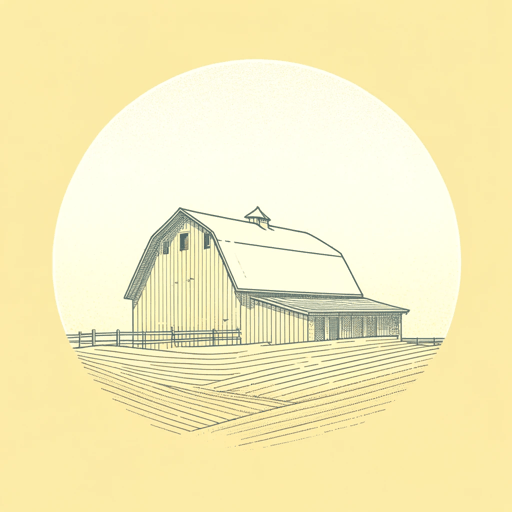59 pages • 1 hour read
Diane ChamberlainThe Last House on the Street
Fiction | Novel | Adult | Published in 2022A modern alternative to SparkNotes and CliffsNotes, SuperSummary offers high-quality Study Guides with detailed chapter summaries and analysis of major themes, characters, and more.
Background
Geographical Context: Changing Rural North Carolina
Content Warning: The novel discusses racism and racist violence.
The specific locations of the narratives, Round Hill and Derby County, North Carolina, are fictional. Chamberlain, however, gives some general clues to assist in geographically placing the area: 30 miles from Greenville, North Carolina. Because large waterways, inner banks communities, and saltwater sounds are not mentioned in the text, the text implicitly suggests that Derby County is closer to central North Carolina in the coastal plains area, an agricultural landscape where tobacco and cotton were the main cash crops grown until around 2000.
Chamberlain portrays Round Hill as expanding in population in the four decades between the narratives. This is characteristic of the state itself, particularly for those communities closer to Raleigh, the state capital. When northern students observe that Round Hill is entirely made up of farmers, Ellie points out that her father, a pharmacist, is the exception. This implies that there were few white-collar workers and professionals in Round Hill in 1965. By 2010, however, the area contains more individuals like Ellie and Jackson, architects who work in Greenville, making Round Hill a quasi-suburban community, as borne out by the erection of the new Shadow Ridge subdivision of larger, modern houses.
Related Titles
By Diane Chamberlain



